When thinking of slate roofing, what probably comes to mind are square, uniform grey or black stone tiles neatly arranged on the skull of a building. This reliable building material, however, is far from uniform. Slate roofing comes in a number of colors including purple, green and red, and can be cut in many shapes and styles to complement its parent building.
Here are some options when considering the shape for your next slate roof.
Plain
Uniform, regal and unobtrusive, most architects select a “plain” style of slate roofing that compliments a structure without drawing the eye.
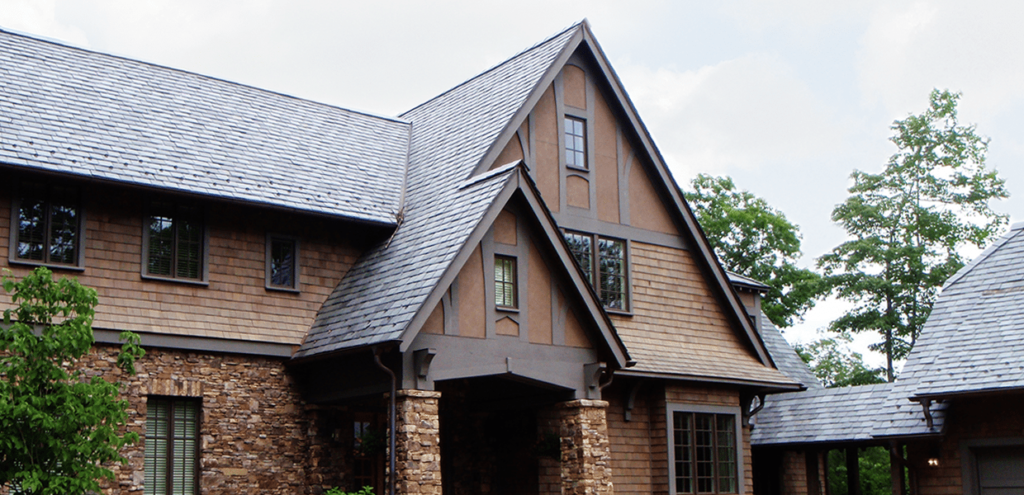
A durable and gorgeous material, simply adding slate roofing to any structure can increase the building’s market value.
American Cottage
Although more common than many of the other styles on this list, this style is a textured tweak on traditional slate roofing that still retains some of the classic charm.
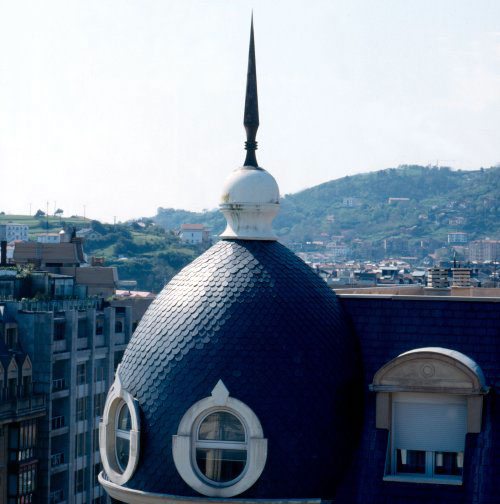
Although noticeable, this style of roofing often lends to the rest of the structure as a beautiful supporting character.
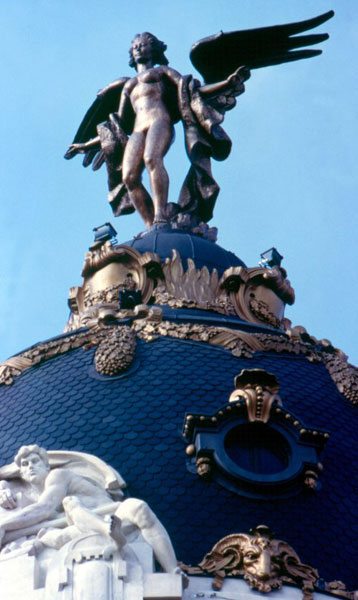
Reliable against hail and unfazed by acid rain, many unfading qualities of slate will remain the same color and appearance throughout their life.
Verigated
Reminiscent of fish scales, octagon-shaped slate roofing ads a subtle but noticeable texture to a building. These “scales” are accompanied by various other shapes, creating a unique and intricate roof or facade.
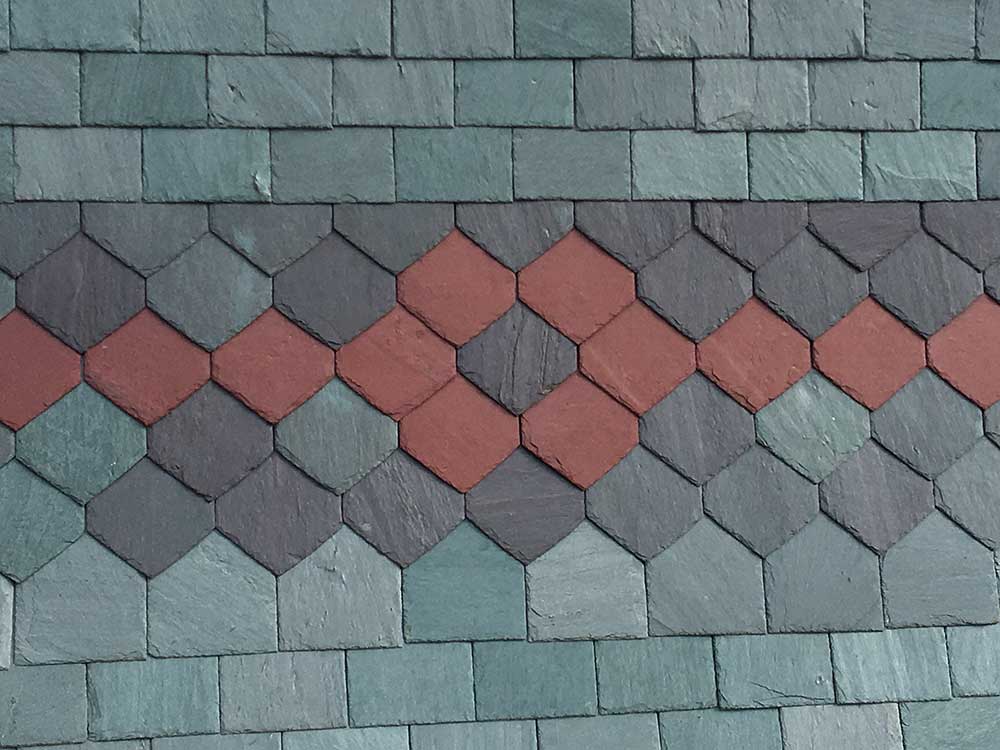
With the European slate siding trend rising in popularity, hexagon shaped slate tiles are a beautiful pattern to ad to a building’s facade. Slate can even be cut to form intricate works of art.
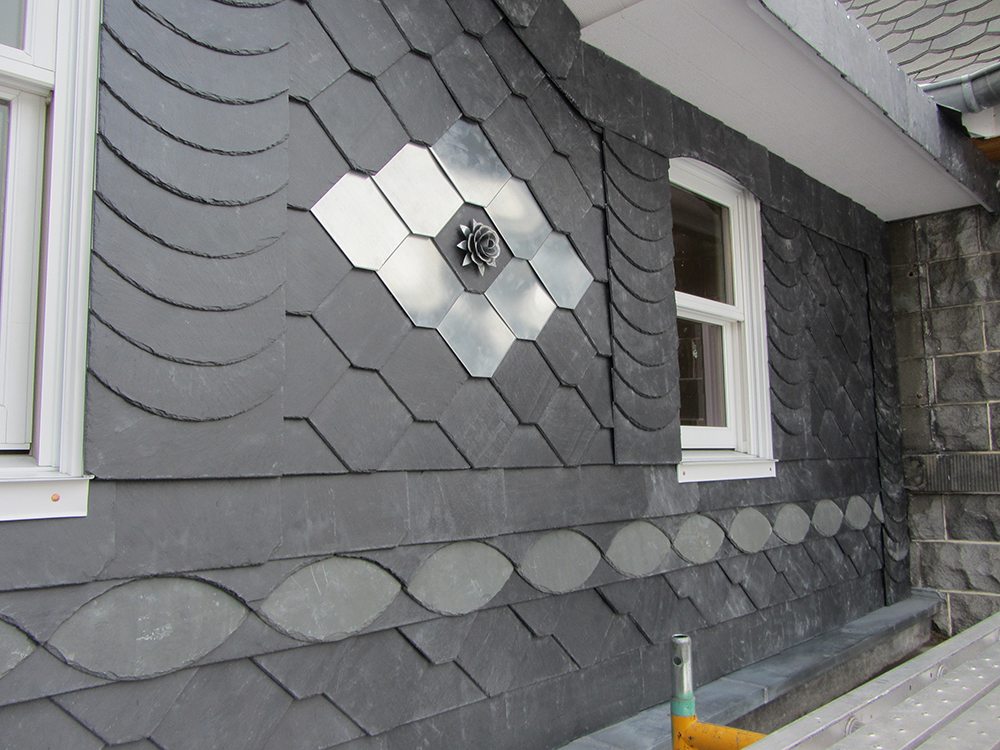
With the highest ranking in fireproof building materials, natural slate is also acoustically and thermally insulating, making it a solid siding option.
Flagstone
While these roofs may look haphazard, flagstone slate roofing is actually a deliberate and carefully-arranged roofing method.
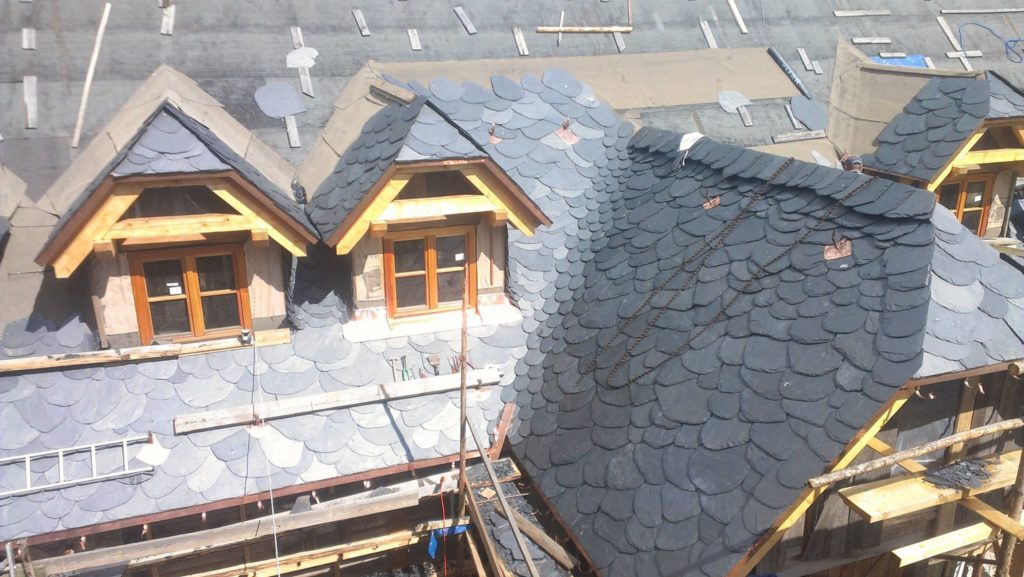
Seemingly inspired by natural rockslide formations, this method of roofing is one of the more noticeable textures that makes a statement on any structure. Quaint, cottage-like projects would compliment this unique slate roofing formation.
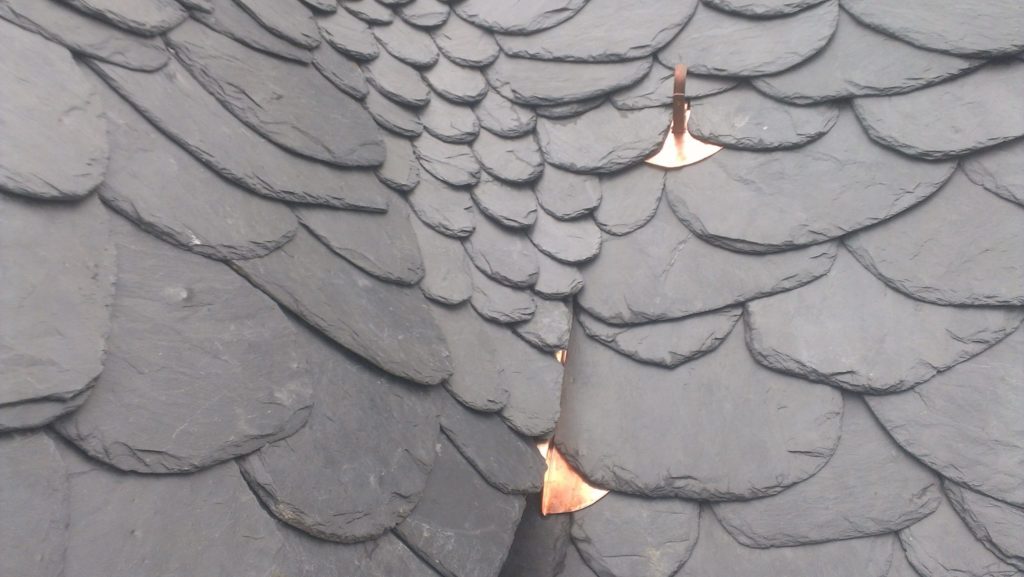
Considering slate’s inherent properties, the material requires only minimal processing from quarry to job site. Skilled crafters split the stone by hand, eliminating the need for CO2-releasing machinery, and no harmful chemicals are added to the tiles. The production process of natural slate requires even less water than praised terra cotta.
